Flood Insurance: You’ve Got Options
For years, the National Flood Insurance Program (NFIP) was the only game in town when it came to securing residential flood insurance.
There are now options for California homeowners living in flood plains mapped by the Federal Emergency Management Agency – Private Flood Insurance options that can result in premium savings to the homeowner of 20-50%.
Typically, homeowners’ policies do not cover flood damage – homeowners must buy special coverage. Most residential flood policies were available through the FEMA administered NFIP. The program was created 50 years ago, when it was difficult for private companies to insure flood risk at rates homeowners could afford. Today, private flood insurance options are increasingly available in many states including California, but consumers should make sure they understand the fine print before choosing one over a federal policy.
NFIP policies cover residential structures up to $250,000 and contents up to $100,000. They do not cover extra living costs, like hotels and restaurant for displaced homeowners. Private options may offer higher limits and include coverage for housing if you must relocate temporarily.
With national flood insurance, almost anyone can buy a policy if the community participates in the national program. Private companies, depending on the regulations where they operate, may do more extensive risk analysis on a property and may choose not to offer coverage.
There are many reasons why you may want to choose private flood insurance, especially when it comes to the level of coverage. Compared to the NFIP, private insurers are often able to offer higher limits of coverage (in excess of $250,000) without needing an Excess Flood Insurance policy. Private flood insurance companies can even include Replacement Cost on your building and personal property, as well as coverage for other structures on your property. Additional living expense coverage for homeowners and business income expense coverage for commercial properties are also available.
In addition to higher coverage limits and offerings, there are convenience factors as well. Private insurers don’t usually require a 30-day waiting period – mandated when enrolling in the NFIP. The ability to send out a single adjuster to assess wind and flood damage is also an added value for private market insurance companies that provide Homeowners as well as Flood insurance coverage.
Choosing between NFIP and Private Flood insurance requires a little bit of pre-planning. Typically, there is a waiting period before a NFIP policy goes into effect, so if you’re searching for coverage when the levees are close to being breached, you may be too late. Waiting periods for private policies vary, but in some cases are much shorter than the 30 days typically required with federal policies. Some policies have no waiting period, while other policies can take effect in as little as two days. Remember that policies can be delayed by at the insurer’s its discretion – for example, if a hurricane is barreling toward land.
Have more questions about NFIP or private flood insurance? Van Beurden Insurance has the answers you’re looking for.
If you’re interested in learning more about flood insurance, call me or send an email to aniek@vanbeurden.com. Together we will weigh the risks and decide if flood insurance is the right fit for your home.

